Each morning, Jacques rises early, gets ready for the day, and takes his 10-year-old daughter, Shaila, to school. As a single dad, Jacques cares for Shaila and his 80-year-old mother. Mondays are especially busy, but in a good way. When Jacques drops off Shaila at Dolores Huerta Elementary School, she heads for her classroom and her father heads for the Food Bank’s Health Children pantry near the campus play yard.
“If I open up the fridge on a Sunday and nothing is in there, then I have to make sure to put something in there,” he says.
It didn’t use to be like this. Jacques was a mortgage broker until the 2008 recession made it hard to find work in real estate. He now drives for a ridesharing company in addition to juggling several other jobs to make ends meet. “I’ve been [in San Francisco] for a while, and I’ve never seen poverty like I’ve seen in the past couple of years,” says Jacques.
KEEPING FAMILY AT THE CENTER
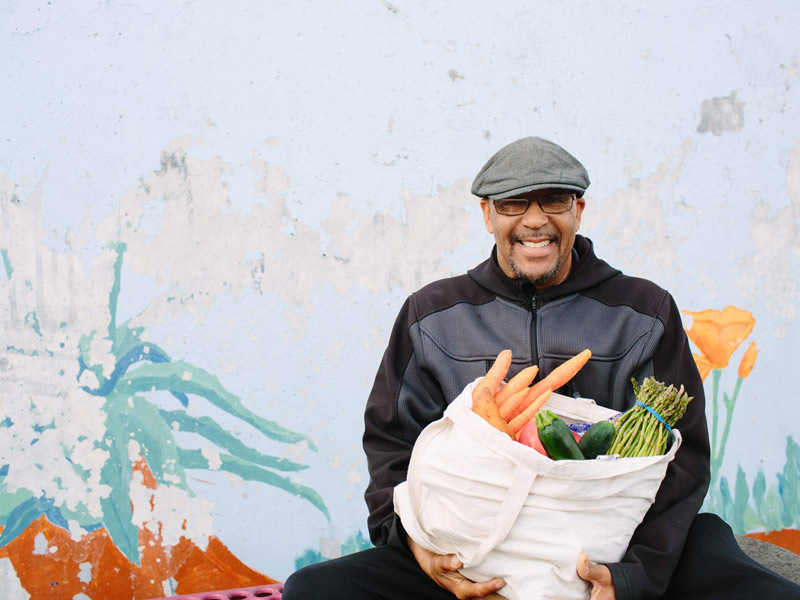
Shaila is a bright girl, at the top of her class, and Jacques wants to ensure that she has no limits to her future ambitions — which currently range from being a pop star to a police officer to a vet. Once Shaila is at school, Jacques starts driving for the ridesharing company until it’s time to pick her up. He then takes her home to her grandmother while he heads out for more driving until dinner, a special time that Jacques never misses. It’s a central part of their family’s routine; a time to share about their day, a time to connect and enjoy a nutritious meal. “I ask her about her day, and try to be present as a father because that’s so important,” he says. Often, he has to go back out for more driving after his daughter goes to bed.
STRUGGLING IN A HIGH-COST CITY
As he drives, Jacques thinks about how to provide for his family, and what they will have to eat for the next day and week. The weight of his role as the sole earner is heavy in a costly city like San Francisco. Jacques and his mother plan out their meals for the week, usually starting on Monday when he comes home with a big box of groceries from the pantry. “This pantry has been great,” he says. “It’s been a life saver and eye opener. I needed it because food is so expensive.” For Jacques and his family, the groceries they receive from the Food Bank help to fill the gap as he works hard to make ends meet. He says, “Thank you for taking care of me and so many people like me who are really trying to do the right thing but who are having a hard time making it.”
Donate
Make a difference. Help a single father like Jacques provide healthy, nutritious food for his children.
Give Today

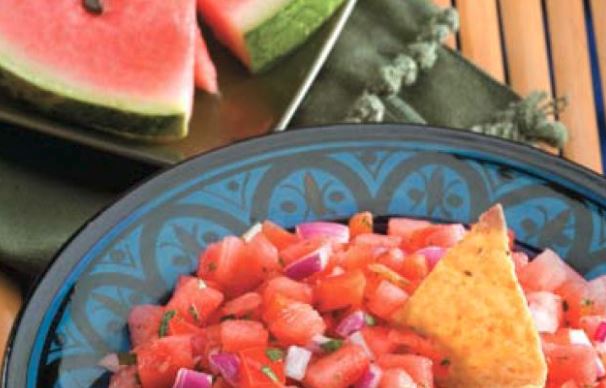 INGREDIENTS
INGREDIENTS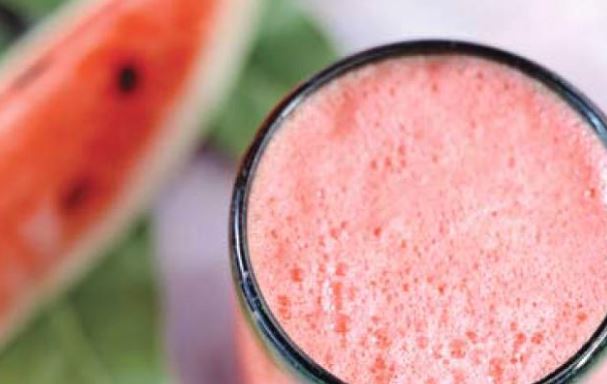

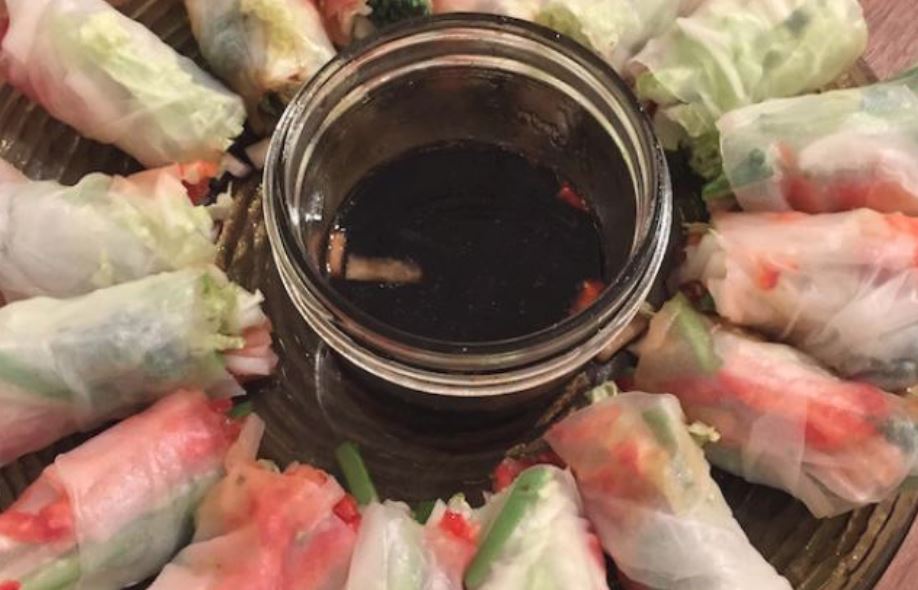
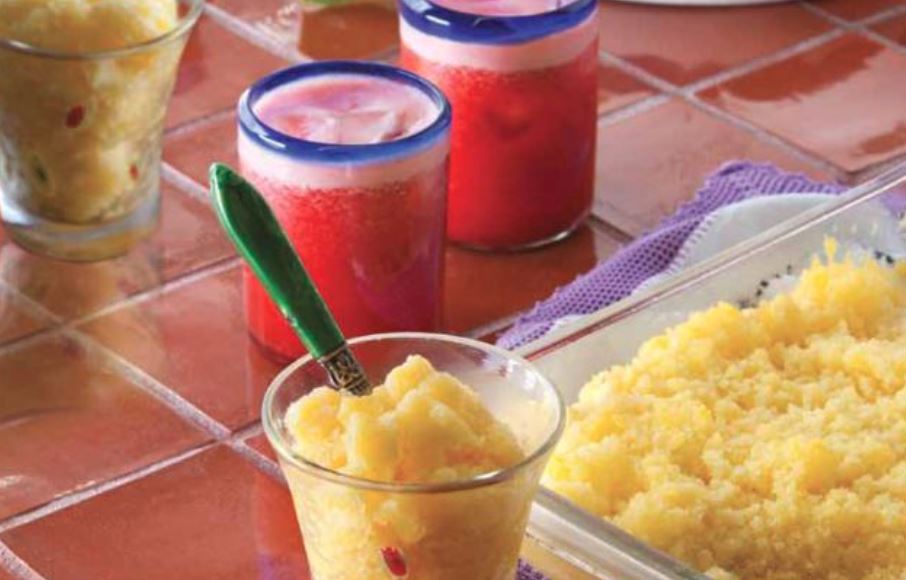
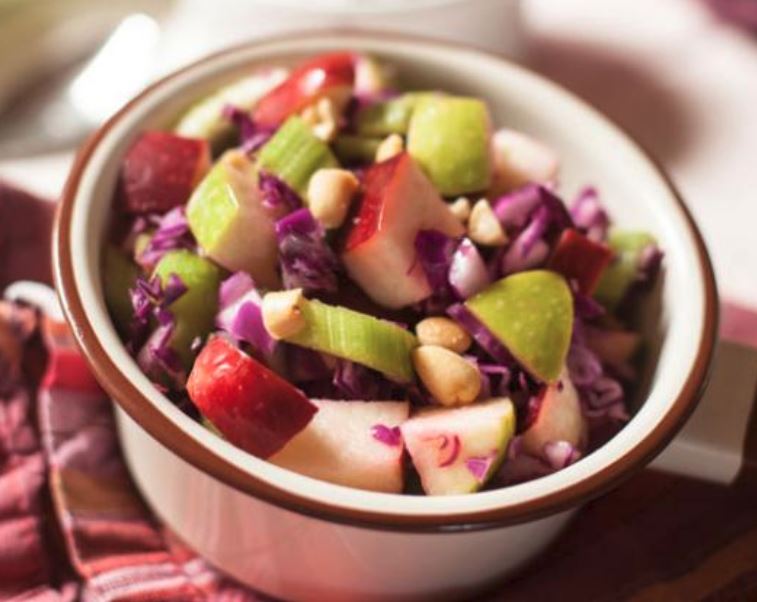 INGREDIENTS
INGREDIENTS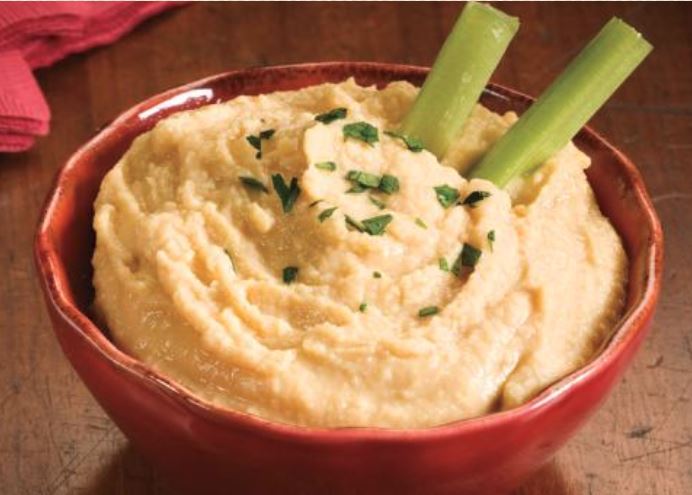

Share